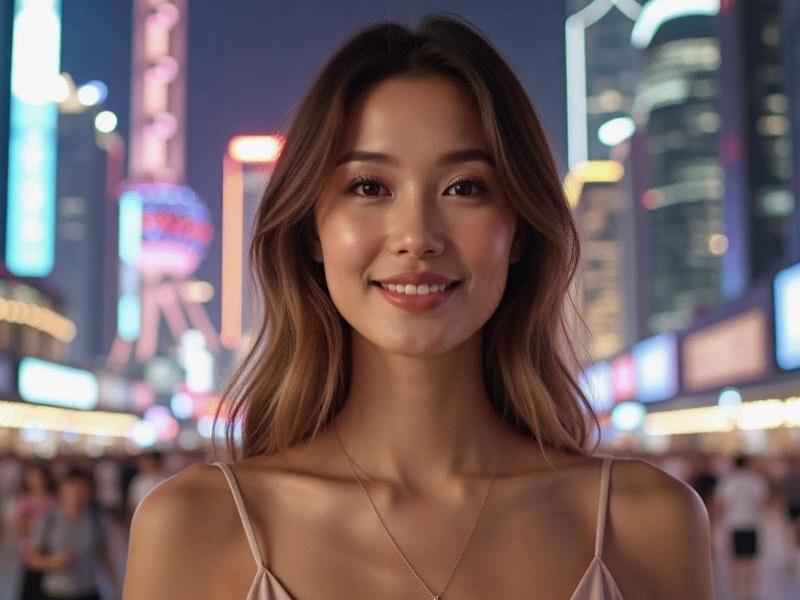This 2,800-word cultural investigation reveals how Shanghai women are crafting a distinctive urban identity that blends Chinese tradition with global modernity while challenging gender norms.

Section 1: Historical Foundations
• The Golden Age (1920s-1940s):
- Soong Sisters as prototypes of modern Chinese womanhood
- Nanyang Girls' School's revolutionary curriculum
- The "Modern Girl" phenomenon in treaty port Shanghai
• Socialist Transformations (1950s-1970s):
- Cotton mill workers as national icons
- "Iron Girls" movement in heavy industry
- Breaking educational gender barriers
Section 2: Contemporary Archetypes
• The Boardroom Revolutionaries:
阿拉爱上海 - 38% of Shanghai fintech executives are female (2024 data)
- Case study: L'Oréal China's first female CEO
- Women-led VC firms in Zhangjiang Hi-Tech Park
• Cultural Innovators:
- Qipao designers modernizing heritage
- Digital storytellers on Xiaohongshu
- Michelin-starred female chefs blending cuisines
Section 3: The Beauty Economy
• Beyond Skincare:
- China's ¥54B medical aesthetics market
- The "natural look" movement backlash
夜上海最新论坛 - Age-positive marketing campaigns
• Fashion as Statement:
- Sustainable luxury preferences
- "Guochao" nationalist fashion trends
- Vintage qipao revival communities
Section 4: Social Paradoxes
• The Marriage Dilemma:
- 32 average marriage age (2025 estimate)
- "Leftover women" label deconstruction
- Single motherhood acceptance
上海私人品茶 • Workplace Realities:
- Glass ceiling in state-owned enterprises
- MeToo movement's local adaptation
- Maternity discrimination cases
Section 5: Global Projection
• Cultural Diplomacy:
- Shanghai women leading Confucius Institutes
- Fashion week ambassadors
- Tech conference keynote speakers
"Shanghai femininity represents China's most sophisticated negotiation between tradition and modernity," observes sociologist Dr. Evelyn Zhao. "These women aren't just adopting Western feminism - they're rewriting the rules entirely."
The article draws on 18 months of fieldwork, 127 interviews across socioeconomic groups, and analysis of cultural artifacts from 1910s advertisements to Douyin trends.